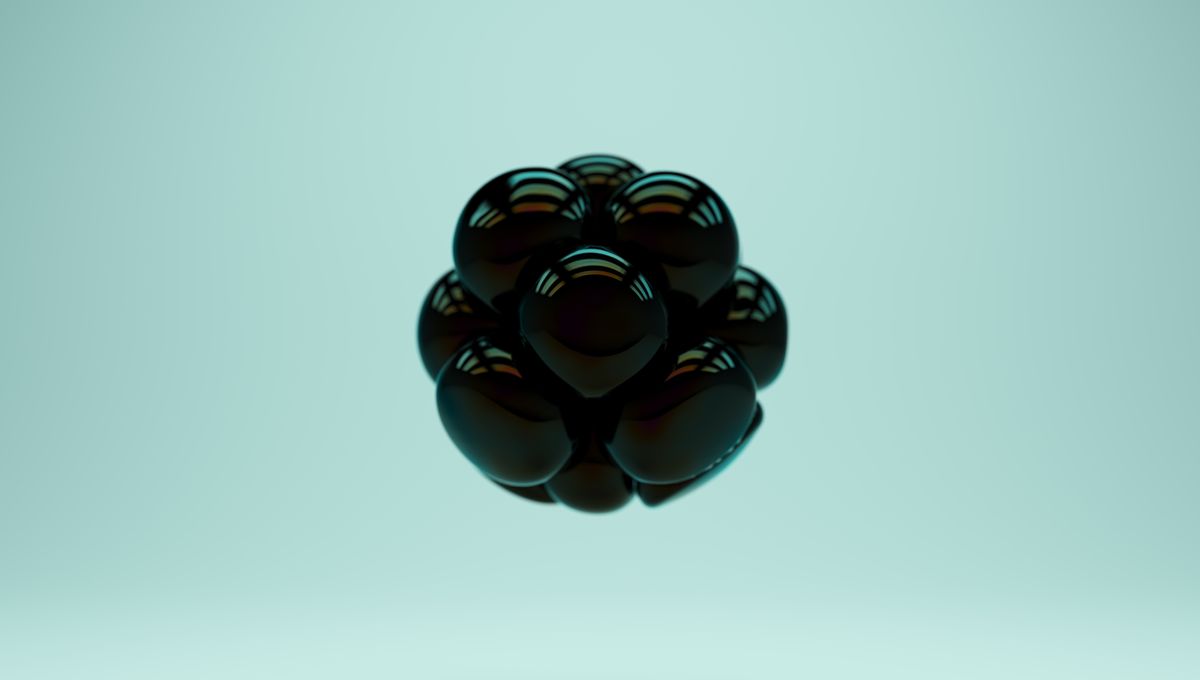
Quantum mechanics affects the small and tiny usually, but at extremely low temperatures quantum behavior can become macroscopic. This is the case of helium, which can be a superfluid: a liquid that flows without losing any kinetic energy. An interesting consequence of that is that a superfluid in an open container will crawl up its walls and escape it. What would that feel like to touch? In a new paper, a team of researchers tells us how.
Senses are a way we understand the universe, at least up to a point, so it’s natural to wonder what it would be like to feel a superfluid. Would it begin to crawl up your hand like touching the mirror in The Matrix? Unfortunately nothing so dramatic, but science guarantees that you will feel something weird.
Touching a superfluid would be like touching a 2D surface. You would not be able to feel the bulk of the fluid you are interacting with. Picture (or go and try it) immersing your finger in water; you will feel the whole liquid as it interacts with your finger. Not a superfluid, a 2D surface would form between your fingers and the superfluid, and your interaction would be only with that. The rest of the fluid is a vacuum, a void, entirely passive to your interaction.
The more we try and picture it, the more curious we are to find a superfluid to try it on. Maybe a big vat to slowly move your hand through… although it would feel like you are not even pushing it through air, and yet you’d be creating vortices behind it that will stay there indefinitely. Unfortunately for our and your curiosity, there is no known superfluid that we could safely touch, they are all too cold for our hands.
“These experimental conditions are extreme and the techniques complicated, but I can now tell you how it would feel if you could put your hand into this quantum system,” Dr Samuli Autti, from the University of Lancaster, said in a statement.
“Nobody has been able to answer this question during the 100-year history of quantum physics. We now show that, at least in superfluid 3He, this question can be answered.”
To understand how it would feel, researchers studied the thermodynamical behavior of having a finger-sized mechanical resonator in the superfluid, and the whole system was kept at one 10,000th of a degree above absolute zero. The heat produced in the stirring did not affect the bulk of the system, it simply propagated along the 2D surface around the “finger”
The research showed that a superfluid Helium-3 is thermomechanically two-dimensional even though it is in 3D.
“This also redefines our understanding of superfluid 3He. For the scientist, that may be even more influential than hands-in quantum physics,” Dr Autti explained.
Superfluid helium-3 is an extremely versatile macroscopic quantum system. Research on it influences a lot of other fields not directly related, such as the study of the Higgs mechanism, cosmological ideas, and the always peculiar time crystals.
The study is published in the journal Nature Communication.
Source Link: How Does A Quantum Superfluid Feel Like To The Touch?